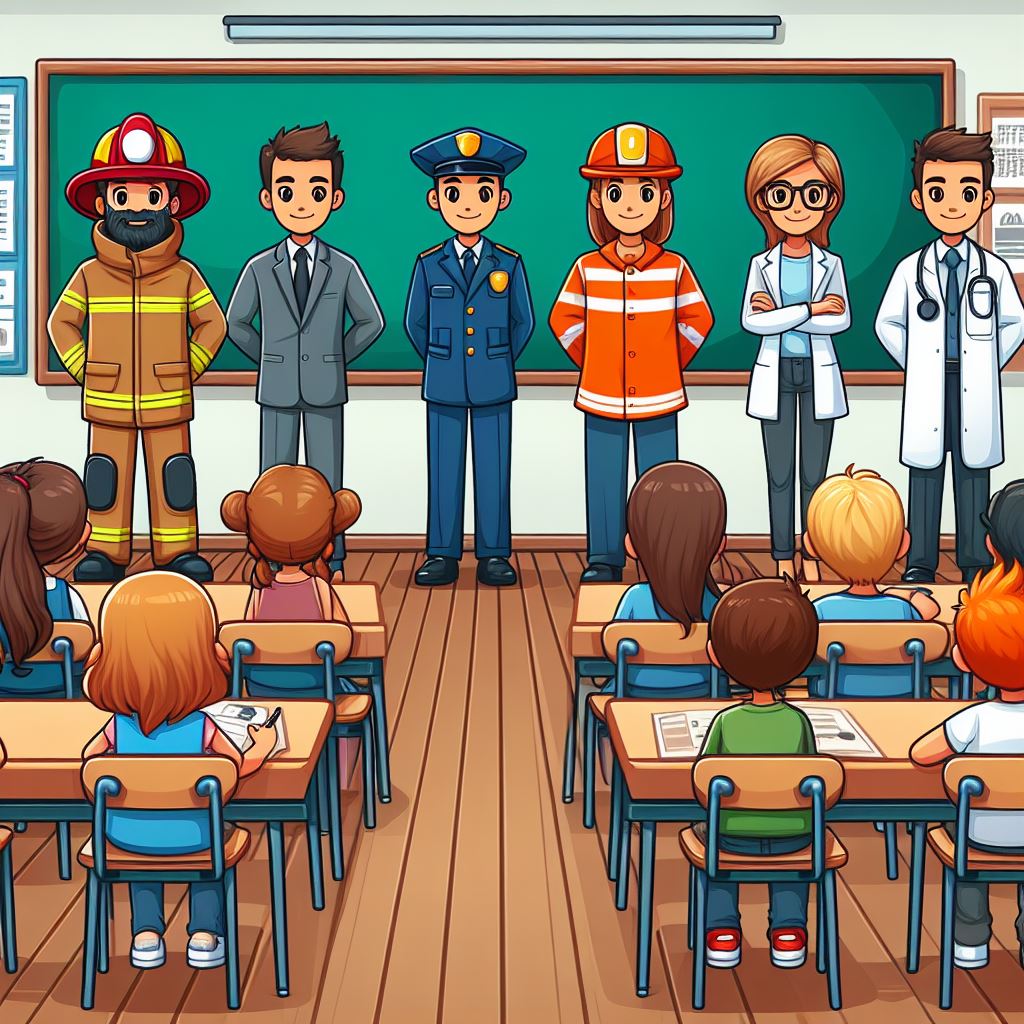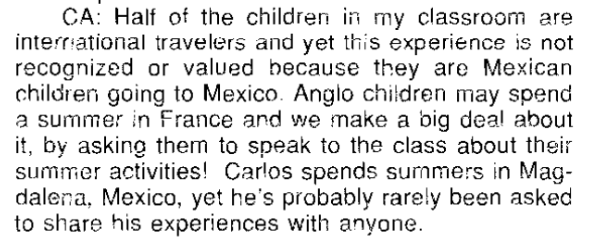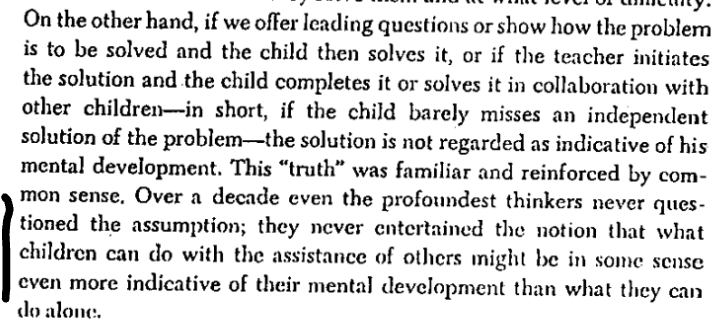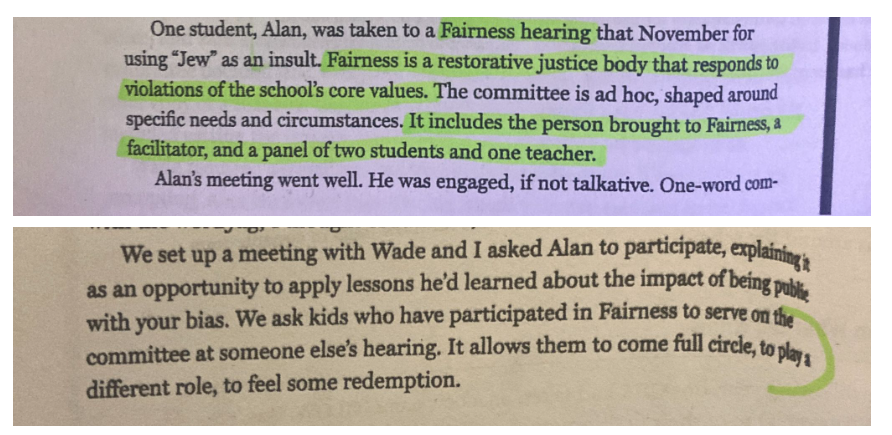TFL LC3
1/8
There's no tags or description
Looks like no tags are added yet.
Name | Mastery | Learn | Test | Matching | Spaced |
|---|
No study sessions yet.
9 Terms

Funds of Knowledge: Evidence in Classroom
At my spring placement, there has been an increase in enrollment of Latin students. As a result, English-speaking teachers have had to find ways to overcome the language barrier. In a science classroom I observed, the teacher used a microphone that translated her speech into Spanish. She also printed handouts in Spanish. One time in class, she asked two Spanish-speaking girls to help another Spanish-speaking student with the day’s work. Initially, I thought the girls felt reluctant to help. However, I was pleasantly surprised to see that once the three got together, they were animatedly talking.

Funds of Knowledge: Design
Some design ideas me and my classmates came up with in class were:
-Using the format of “show and tell,” but for students to talk about their passions
-Using the format of “Career Day,” where parents come in to talk about their job, but instead make it a field trip to the parent’s job

Funds of Knowledge: Quote and connection
I am connecting this quote to my “Evidence in classroom” FoK card. Although language is a very basic part of FoK, I think the more fluent you/others are in each other’s languages, the more dynamic and engaging the class can be.


ZPD: Evidence in Classrooms
I thought about ZPD when I was observing a science class. The students were doing a lab about the sun’s energy and its relation to the weather. In the lab, they pointed a flashlight (the sun) on a styrofoam ball (the earth) straight on, at the center and at the top of the ball. They would observe that the light that shines on the top of the ball makes a bigger circle of light, which they later learned represents a more spread out amount of energy from the sun, which is why the poles of the Earth are colder. However, some students were tilting the flashlight so that a small, bright spot of light was produced on both parts of the ball. An extra question could have been asked such as, “Why should you point the light straight on rather than tilted? Does the sun revolve around the earth or does the earth revolve around the sun?”

ZPD: Design
Designing for ZPD in the classroom could involve assigning kids to jigsaw related texts and then synthesize them. Another example could be designing a group test where each student must answer a certain number of questions through speech or writing, but the questions answered and how independently they are answered are up to the discretion of the students.

ZPD: Quote
I am connecting this quote to my “Evidence in Classroom” ZPD card. I feel that learning in general is better when students can learn almost intuitively without thinking they are learning, which means deviating from the banking method of learning. I believe that with the right amount of discussion, something like the styrofoam ball lab could be that intuitive, student led learning.


Apprenticeship: Design
This is a reading we did for Working In Schools about restorative justice. I feel that Fairness hearings are connected to the idea of Apprenticeships because of their similarity in structure

Apprenticeship: Quote
I am connecting this to my Apprenticeship “Design” card. The portrayal of Fairness hearings is similar to the AA model of apprenticeship where the teacher is Alan’s mentor and Alan “graduates” from being the person taken to a Fairness hearing to someone on the panel.


Wondering
What else can an apprenticeship look like/be structured like?